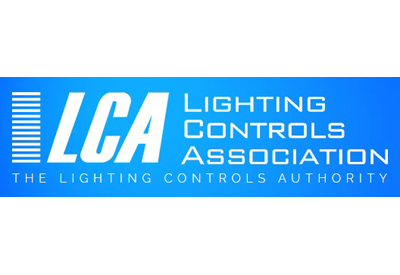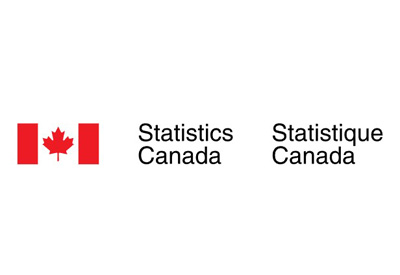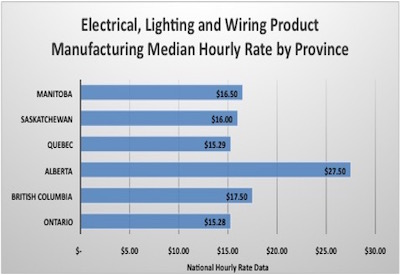Succession Management and Planning: How to Get Started

Sept 13, 2021
What is Succession Planning?
By Michelle Branigan
Succession planning is a fairly straightforward concept. It refers to the process for identifying and developing the people in an organization to ensure critical positions are not left vacant due to staff turnover. While succession management focuses on building bench strength and the broader corporate capability, succession planning has a narrower scope, concentrating on the depth and breadth of competencies for specific roles. Its purpose is to highlight critical occupations and roles within the organization, assess future resourcing risks, and identify specific candidates to be promoted to key positions when they become vacant.
So why aren’t we doing it more? One reason may be that succession planning can be perceived as difficult to implement, sometimes due to lack of time, lack of buy-in from senior management, or even unwillingness to have difficult conversations with employees.
The Business Case for Succession Planning
One of the most disruptive things that can happen to an organization is the sudden loss of a person in a critical position. Such departures can create confusion and risk to an organization’s stability. By identifying qualified pools of candidates ready to fill such positions, your company will be prepared for a much easier transition—even if it’s a sudden one.
Leaving key positions open within an organization can have a number of undesirable effects, especially if those vacancies are long-term. Without competent people in these positions, projects are delayed, and critical decisions cannot be made costing the organization time and financial resources.
Organizations that experience high turnover or significant growth may look to decrease the time it then takes for new employees to get proficient in their roles. Succession planning allows you to determine the best way to fill positions (internally vs. externally) before those positions become vacant. This gives you more time to ensure potential successors are ready when you need them — and can even help you fill positions faster without expensive search and selection processes. It also reduces the risk of filling critical positions with candidates who aren’t a good fit or who don’t have the competencies required for the new role – a costly mistake for any business large or small.
High-tech companies may need to maintain a continuous level of technical integrity or regulatory compliance. Those with relatively stable, formalized operational processes may find it difficult to capture and transfer the tacit/implicit knowledge that can take years to acquire.
And in many cases, people retiring or leaving a company achieves a level of unconscious competency and do not realize they need to share information with less-experienced employees. (These realities make it just as important to implement a knowledge management program to complement your succession planning program.) Retirements continue to drive hiring needs in our sector and it appears, anecdotally at least, that COVID-19 has prompted what some are calling the “Great Resignation”, leading to increased turnover in many industries. Because the electricity sector relies on a stable, ready workforce in order to function every day, we must continue to think steps ahead of labour market changes.
Despite this research has shown that most succession management plans are focused primarily on current leadership roles, failing to anticipate future critical roles. EHRC’s 2017 labour market intelligence study, Workforce In Motion, reported that while two thirds (69%) of Canadian electricity employers had succession plans in place for management, less than half had succession plans for other occupational groups (including engineering, trades and IT occupations).
This shortsightedness presents a clear risk to companies in the electricity sector, with several studies illustrating that industry trends such as automation, digitization, artificial intelligence and remote process control will bring about new jobs that were not even conceivable just a few years ago.
Need Help to Get Started?
Electricity Human Resources Canada’s latest resource, the Succession Planning Guidebook, is a practical reference tool that includes best practices to manage succession planning in your organization, whether you’re just getting started or looking to make improvements to your existing plan.
It provides tools to get started, including how to define critical positions and competencies, identify and develop “successor” employees, manage talent pipelines, and communicate your succession strategy throughout your organization.
Whether you have not seriously considered succession planning yet, or already have a well-established process in place, the Succession Planning Guidebook can support your organization’s strategy. Find the Guidebook online for free at https://electricityhr.ca/resources/succession-planning-guidebook/
Michelle Branigan is CEO, Electricity Human Resources Canada.










